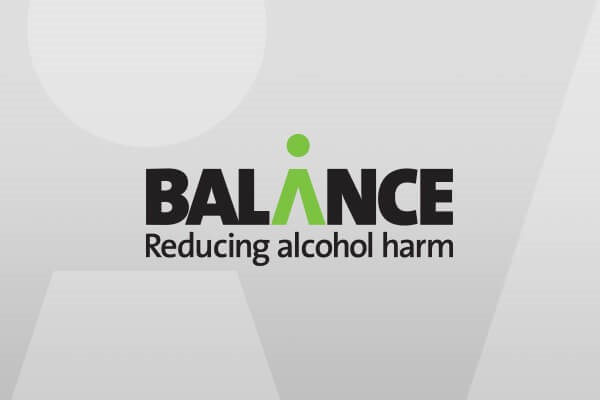Misunderstanding could be putting region’s women at risk
Drinking levels viewed as perfectly acceptable by a third of North Easterners could be doubling the risk of cancer for our region’s females.
Research carried out by Balance, the North East Alcohol Office, reveals that 32% of people living in the region think it reasonable for a woman to drink two glasses of wine five nights a week.
However, the Government’s recommended daily limits advise that women should drink no more than two to three units of alcohol, or roughly a standard glass and a half of wine, a day. Women drinking at or above these limits on a daily or almost daily basis are:
- 50% more likely to be at risk of breast cancer
- twice as likely to get cancer of the mouth
- almost twice as likely to get liver cirrhosis.
Colin Shevills, Director of Balance, said: “Our findings suggest that a significant number of women could be putting their health at increasing risk because they misunderstand or are unaware of the damage that a few drinks on a regular basis can do. We already know that more than half of the region’s women are unaware of the daily recommended limits.
“Alcohol related deaths in women across the region have increased by a staggering 176% over the last two decades – which is more than double the national average. If we are to improve health and quality of life in the North East, we need to change people’s attitudes and drinking behaviour.
“This can only be achieved if we help them understand the recommended daily limits and the risks of ignoring them. Getting people to understand how many units of alcohol there are in their favourite drinks and encouraging them to keep track of how much, and how often they are drinking, is also hugely important when explaining the sometimes life saving benefits of cutting back.”
Jane Locke, a 55-year-old mother from Gosforth, fully understands the benefits of sticking to the recommended limits following a recent health scare.
Around five years ago, when the last of Jane’s three children left home, she found herself finally free to spend more time socialising with her friends, which involved frequent glasses of wine with lunches and nights out or enjoying a glass or two while watching TV at home. It was only when the doctor told her that her liver wasn’t working properly that Jane realised her drinking was a problem.
“It was only after I went to the doctors for a routine blood test that I realised the damage I was doing to my health. The doctor called me to say my blood test results had revealed elevated enzyme levels in my liver and that he needed to see me. It was a real shock – I had always considered myself a healthy person who doesn’t smoke, watches what they eat and takes regular exercise so I honestly didn’t think the social drinking was a problem.”
Jane was told to stop drinking all alcohol immediately so that the doctor could monitor her progress. Increased enzyme levels in the liver can be an indication that a person is drinking too much and can lead to more serious conditions such as fatty liver or cirrhosis of the liver. Within two to three months of no alcohol, Jane’s liver enzyme levels started to fall and she was given the all clear but reminded to stay within the recommended weekly limit of 14 units of alcohol.
Jane continues: “After a very short period of time without alcohol, I saw a big improvement in my health. I was sleeping better, had more energy and my skin looked better.
“This experience has been a real wake up call for me. Although I still enjoy a very active social life, I’ve cut down my alcohol intake considerably and now tend to intersperse any alcoholic drinks with water and no longer drink habitually at home.
“I’m much more aware of the harm that drink can do to your body now. Although I found out the hard way, I’m so glad I did because I’ve had the chance to change things for the better. Now I enjoy life to the full but know my limits.”
Last month, Balance launched its ‘Drinking causes damage you can’t see’ campaign to raise public awareness of these recommended limits and the risks of drinking at or above these limits on a daily or almost daily basis, as well as increasing understanding of alcohol units.
